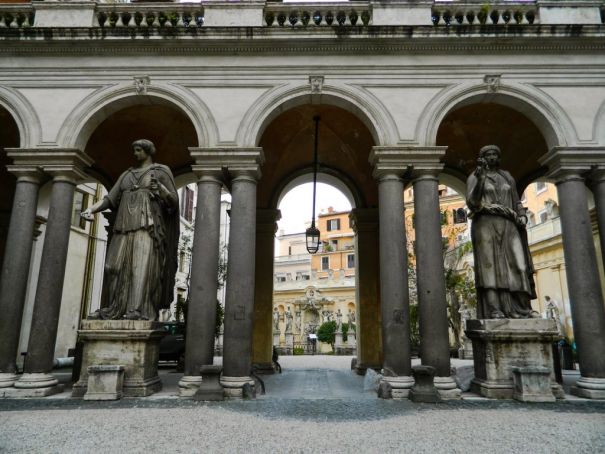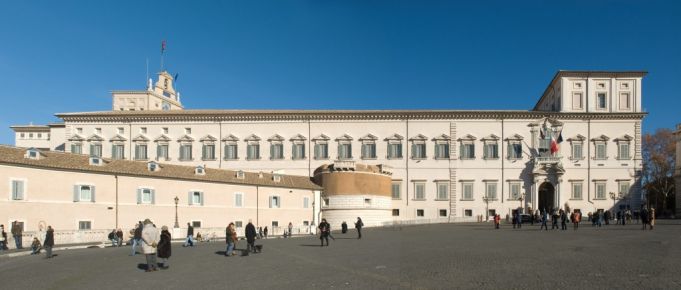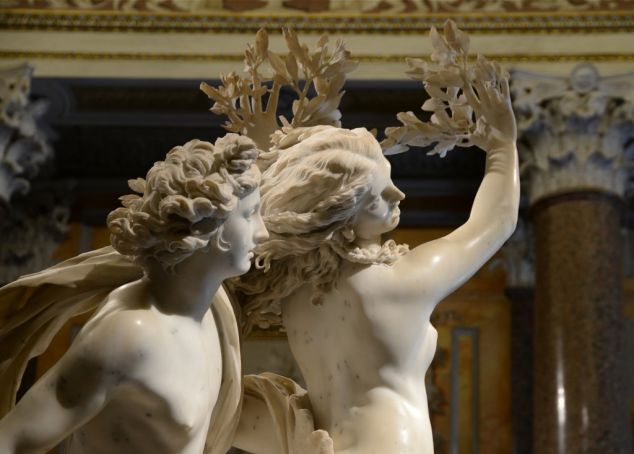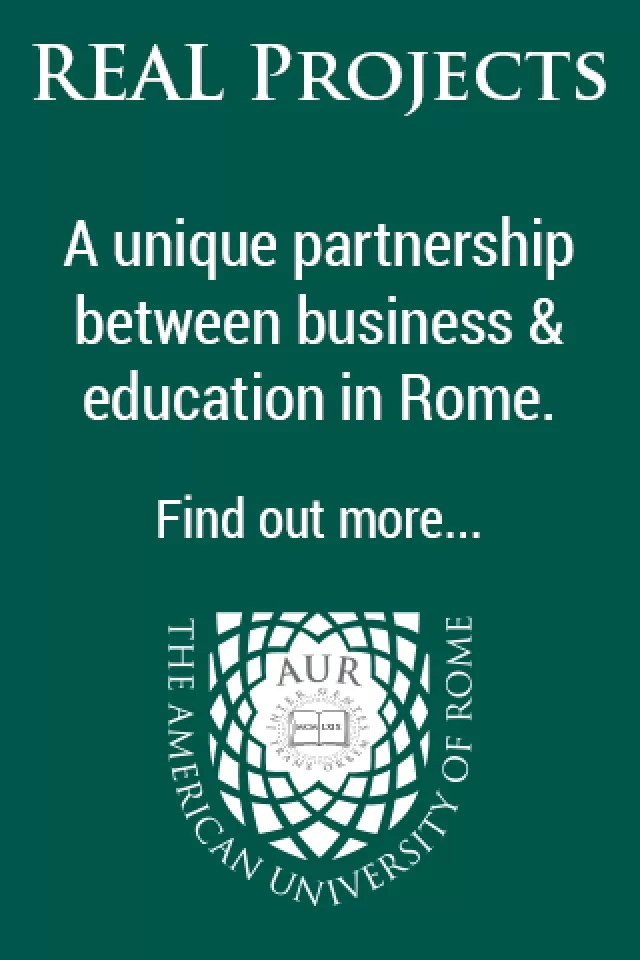Visiting modern Rome in the footsteps of 18th-century Grand Tourists.
“Excellent choice, sir. That’s a good travel guide,” said the bookseller about the well-thumbed, dusty volume I had picked out of a box in Piazza della Repubblica. The Grand Tour. Containing an Exact Description of most of the Cities, Towns and Remarkable Places. Off I went: in the footsteps of my distinguished countrymen, I was to explore the eternal city, the high point of every Grand Tour.
To tell you the truth, I should have read this book before arriving in Rome. On page 64, the author – writing in 1749 – warned: “When a traveller comes to Rome, he is immediately surrounded by a multitude of lacqueys who come to offer their service, but he should be cautious how he trusts them, for they are generally sad fellows.”
Also read: Must-see museums in Rome
Yet, whereas the guide covered the entire peninsula and discussed the perils of horse-drawn travel on the continent, I had crossed the Alps on a direct flight from Heathrow. And even when “those that do not carry a complete bed with them ought at least to make a provision of a light quilt, a pillow, a coverlet, and two very fine bed-cloths,” I only carried a wheeled suitcase.
How foolish of me for having booked just two nights. For “to obtain even a hasty glimpse of the sights of Rome,” the author commanded, “a stay of at least 14-16 days in the eternal city is necessary.”
Foreign Quarter
To make things worse, I was staying near Termini, whereas “on the slope of the Pincio, its central point being the Piazza di Spagna,” lay the region “known for ages as the Strangers’ (or foreigners, from stranieri) Quarter.”
Also read: Rome’s most beautiful fountains
I didn't know where to start when I first came to Rome. Apparently, according to the 1749 guide book, Rome’s palaces were “superior in number and magnificence to those of any other place in the known world” and 12 of them – each with a splendid art gallery – worth visiting.

After unpacking, I rushed to Palazzo Borghese, “one of the finest in Rome”, said the guide book. The palazzo, however, turned out to be an embassy. I then walked to Palazzo Chigi, but it appeared the prime minister had selected this palace as his government offices. After I had strolled to, and stumbled up the hill to Palazzo del Quirinale, I was facing armed guards outside the president's official residence.
Also read: 29 Best Things To Do in Rome
I considered switching to Rome’s famous ruins. The guide book, however, advised being equipped with “maps, measures, prospective glasses, a mariner’s compass and quadrant” to be able “to take the dimensions of things.” Moreover: “’Tis requisite to have a skilful antiquarian, which saves a person a great deal of trouble by directing him to the several remains of antiquity that are particularly worthy of a traveller’s notice.
These antiquarians are ridiculously distinguished by the name of Ciceroni.” Apparently, ciceroni were scholarly tour guides in several disciplines who also published volumes on ancient art. One of them even became the pope’s prefect of antiquities.

“Excuse me,” I asked a young lad who was handing out flyers. “Do you guide tours?”
“No, mate. Pub crawling. Wanna try?” he asked before handing me a flyer.
Down the road, an Indian wearing a red fleece jacket stood next to an equally red double-decker.
“Excuse me, do you guide tours?”
“Yes, we do. Rome in 100 Minutes. You just hop on and off.”
“Hop on?”
“And off, yes. Maybe you prefer Eating Rome?” he asked and read out: “a tour that gives people a taste of Rome they won’t soon forget by exposing them to real food, people and neighbourhoods. No? Maybe the Pope, Pizza & Prosecco tour?”
I then called a couple of tour guides who advertised on the internet. The first was an American would-be writer who proposed Hemingway’s Rome; the second, a gap year student from Durham, told me the best way to get to know her adopted city was to observe the natives from a terrace sipping lattes.
Also read: Rome's pilgrim routes
Finally, I considered hiring a native bear-leader. I could choose between Matteo, a Muay Thai devotee; Amandio, a Brazilian-born actor who loved biking; and Andrea, who said he knew historical facts and preferred beer to wine.
Day Two
On the second day, I found out that the Borghese collection was not in the Palazzo Borghese, but in the Villa Borghese. Why did my guide book not mention this despite claiming it was “carefully revised on the spot to the latest period”?
Also read: Exploring Rome's parks
When I wanted to visit the villa, I was told I had to make a reservation. So I spent the morning in the Vatican admiring the Belvedere courtyard. A steady flood of visitors shuffled by like a pack of commuters in Piccadilly Circus. None of them looked at the statues that my guide highly recommended. I asked one of them, carrying one of these cheap, bright guide books, where they were heading. She answered they were going to look at the ceiling of a chapel. This must have been the chapel which, according to my guide book, should only be admired for its structure.*
In the afternoon, I finally visited the Villa Borghese gallery. I had been preparing a lifetime for this. For years I had been visiting the National Gallery to copy ancient sculptures. In the Apollo and Daphne room in Villa Borghese, I waited until I could position myself so as to have the right angle. I took a pencil and a sheet of paper and started to draw Bernini’s masterpiece. I was to capture a living soul transforming into a tree. But just as I had finished the difficult lower part and was about to tackle Apollo’s leg, a guard told me I had to leave: I had used my two hours of visiting time.

By then I had had my share of highbrow and felt ready to descend to plebeian Rome. I quite fancied Trastevere, “now inhabited almost exclusively by the working classes, among whom many well-built and handsome persons of both sexes will be observed.” But it appeared the working classes were having drinks at €8.
Also read: Rome's Botanic Garden: a semi-forgotten wonder
I remembered the pub crawl flyer and looked for “the favourite haunts of the country-people” which were “in front of the Pantheon […] and the market place of the Campo di Fiore.” In Campo de' Fiori, foreigners were consuming hectolitres of alcohol. “An idea prevails that full living and a liberal allowance of wine are necessary to preserve health…” according to the London-published guide book. Meanwhile, taciturn Italians were observing tourists happy to follow this invitation to imbibe. “Natives have a great contempt and aversion for foreigners whom they flightingly call Oltramontani.” Fortunately “we must except the English to whom they shew much greater marks of respect than to other nations.”
Final day
On the last day of my sojourn, it was time to buy a souvenir. I walked along Via del Corso which the guide book compared to Bond Street, “Europe’s most elegant street and probably the most beautiful street in the universe.” At the franchise stores with their plastic logos and blaring pop music I could choose from “I love Rome” T-shirts, key rings in the shape of Italy and an apron showing David in all his splendour.
The guide book listed sculptors, painters and goldsmiths. I explored the streets where they had their ateliers. Suddenly, in an alley, I bumped into a young couple. The man showed me the picture of a charming Italian village.
“€10, mister” he said. “This is handmade by a craftsman from our village, il paese, in the south.”
“€10? That’s a bit expensive, isn’t it?”
“Look how authentic it is.” The image looked faded and weathered by time.
“€8?”
“Done.”
In Piazza del Popolo I looked at the back of the image. In digital print it said “Roma Sparita. Via della Greca presso la Bocca della Verità. Cartolina no. 35. Editore: Museo di Roma. Printed in Singapore.”
I had run through all options bar one: an authentic Batoni. In his atelier on 25 Via Bocca di Leone, Master Batoni portrayed his subjects stylishly dressed and posing among the authentic relics they had acquired in Rome. A Batoni painting above the fireplace was the ultimate proof of one’s Grand Tour to family and friends.
Well, 25 Via Bocca di Leone turned out to be a boutique. So I returned to the Colosseum and took a selfie wearing my AS Roma T-shirt and holding a gelato. You reckon posting it on Facebook will testify to my edifying travel?
Mike Dilien
* In those days the Belvedere was thought of more highly than the frescoes in the Sistine Chapel, which was reserved mainly for great ceremonies of the Church, especially throughout Holy Week.
This article was published in the March 2017 edition of Wanted in Rome.





















